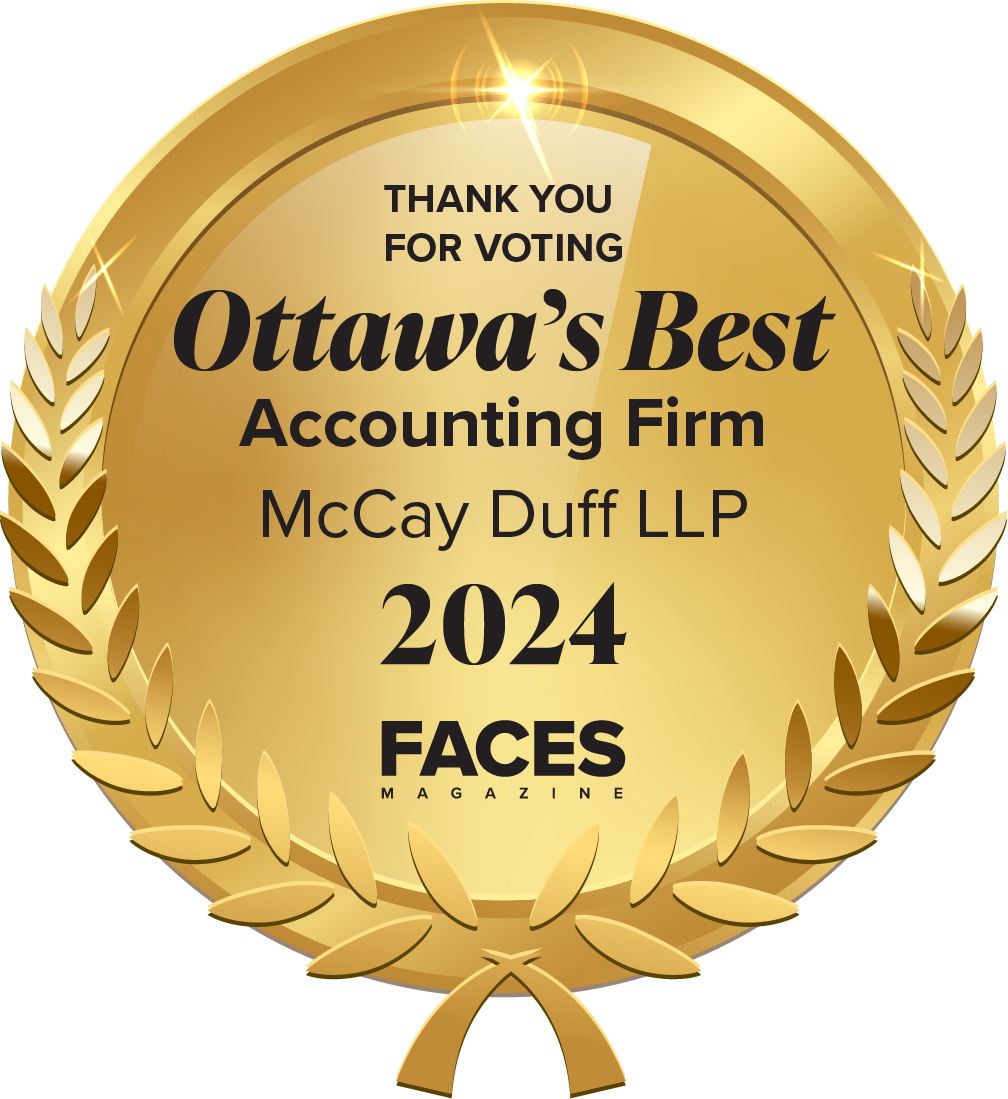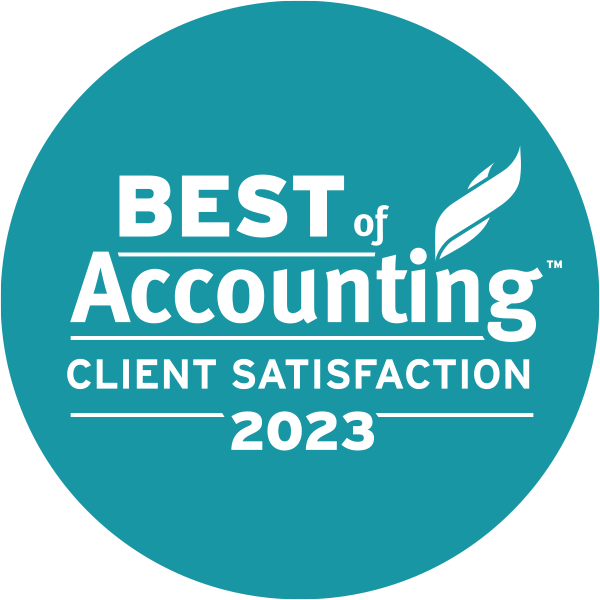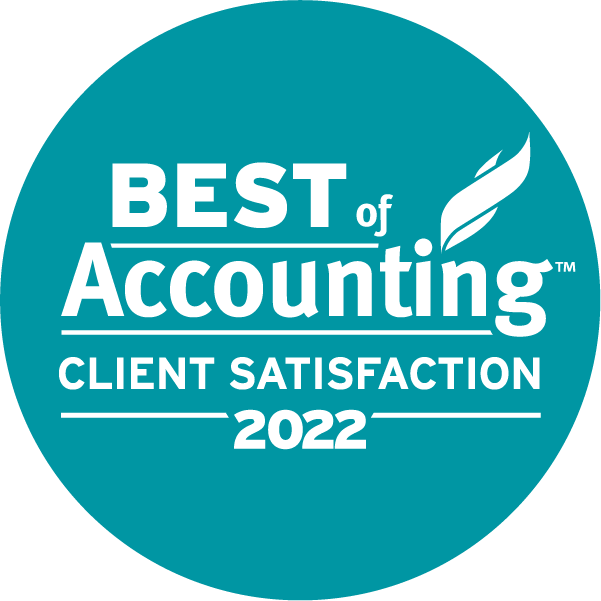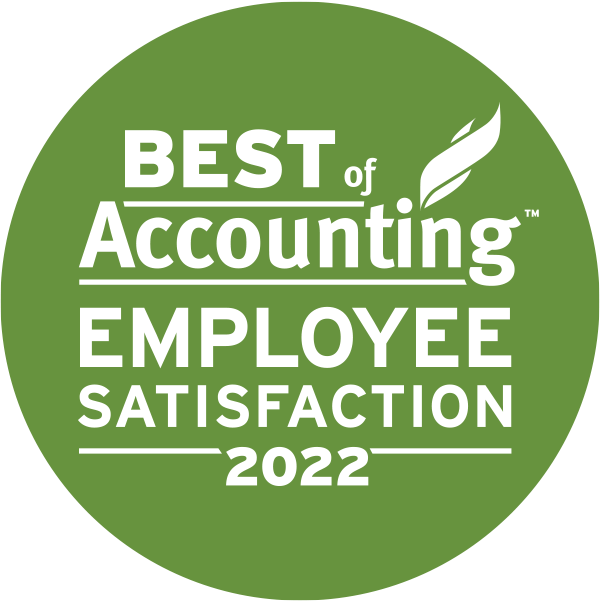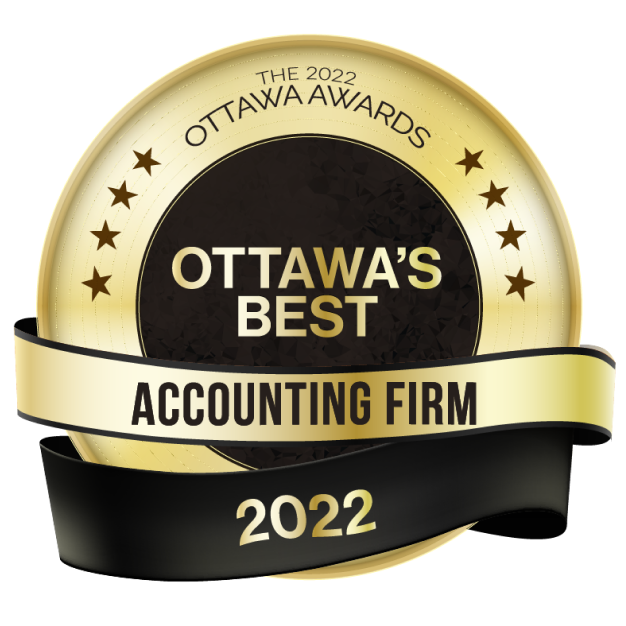Whether you are self-employed or your business is incorporated, it is your responsibility to ensure you register and collect HST when you meet certain conditions set out by the Canada Revenue Agency (CRA). Many small business owners are not aware that whether you are self-employed or incorporated, if your business earns greater than $30,000 in world-wide taxable supplies over any four consecutive calendar quarters you must register for HST, and collect HST, and remit it to CRA. It is important to note that four consecutive calendar quarters does not mean the period January to December, but any four consecutive calendar quarters, which means the quarters could straddle more than one calendar year.
When to Register your Business for HST?
Once you meet the $30,000 requirement you must register your business for HST within 29 days from the day your revenues exceeded $30,000. Many small business owners do not realize that CRA may retroactively register your company for HST and require you to remit the HST your business should have collected if you had been registered. If you exceed $30,000 in one quarter, you must start charging HST on the invoice that made you exceed $30,000. If you exceed $30,000 within the previous four consecutive calendar quarters (but not in a single quarter) you should start charging HST at the beginning of the month following that in which you exceeded the threshold.
When is a Business Exempt from HST?
However, not all businesses are required to collect HST even if their revenues exceed the $30,000 threshold. A business is exempt from collecting HST if its supplies or sources of income are on CRA’s exempt supply list. Exempt supplies/sources of income include, but are not limited to, day care services, legal aid, most educational and health services and long term residential rent.
How to Determine the Amount to Remit to CRA?
You have determined that you are not exempt and you must register and charge HST. But, how do you determine the amount to remit to CRA? You have two options for calculating the HST you must remit to CRA.
Option 1 – The Regular Method
The regular method requires that you remit to CRA the total of all HST you collected, less any HST you paid out on your business expenses.
Option 2 – The Quick Method
The quick method allows you to send CRA a flat percentage of your gross sales including HST. The quick method can save a business both time and money. You do not have to track the HST you spend on your business expenses, other than on the purchase of capital assets (i.e. computers, furniture). This method can be very advantageous for businesses with large labour expenses for example: IT consultants, delivery services, house-cleaning services, painting contractors, and photographers. In Ontario, the remittance percentage is 7.8% on the first $30,000 of gross sales including HST, and 8.8% on the balance of sales. To use the quick method, your annual sales must be less than $400,000, and an election must be filed with CRA, in advance.
How often does HST need to be filed?
HST can be filed annually, quarterly or monthly, and there are penalties for late filing. Remember that the HST you collect is money you hold in trust for CRA, and it doesn’t belong to you. You must remit the amounts you owe in a timely manner. For complete information on HST, the CRA’s website offers a wealth of information.
For more information on this topic, please contact your McCay Duff advisor.
Contact Us
